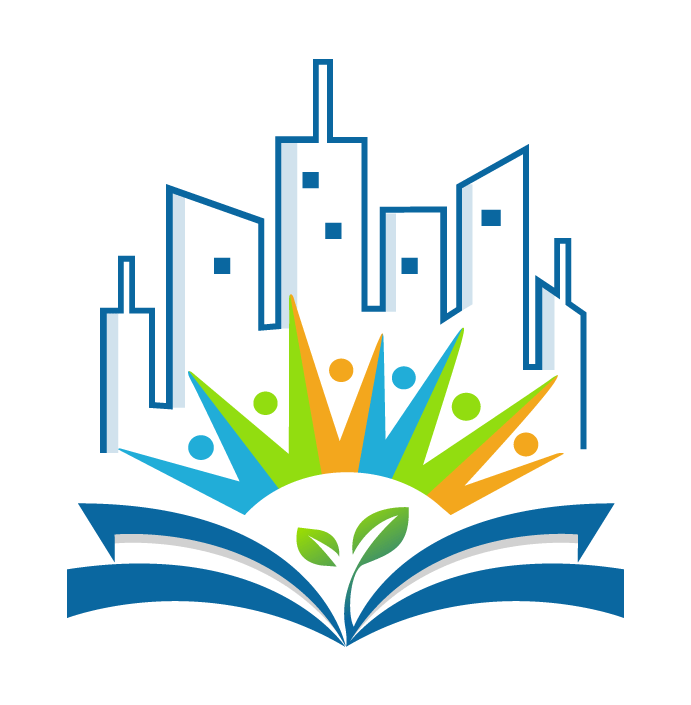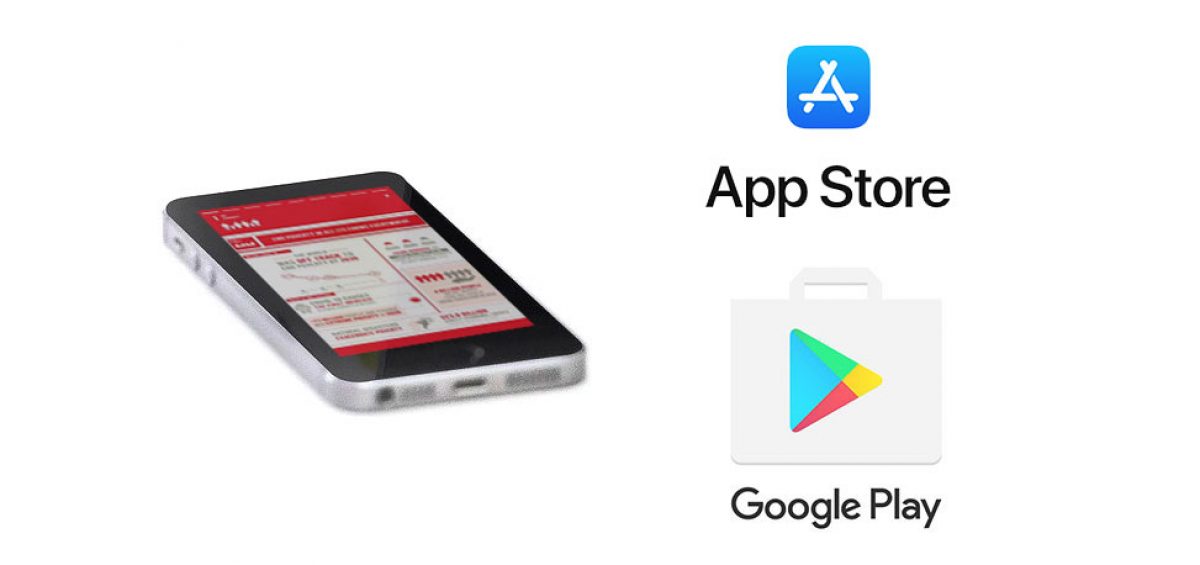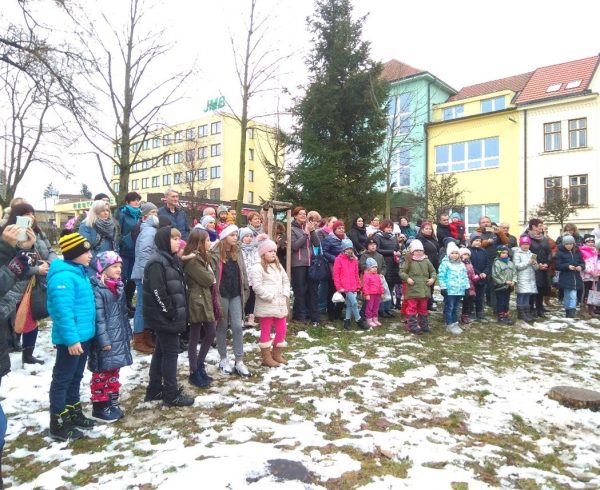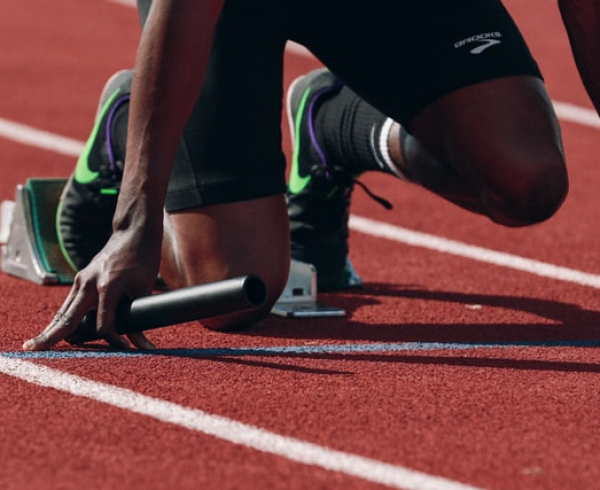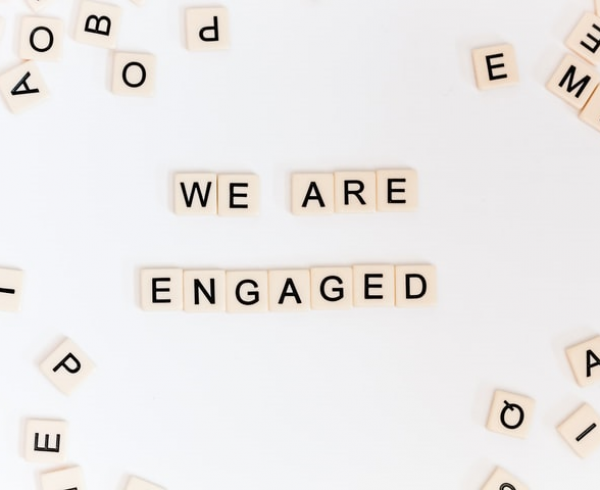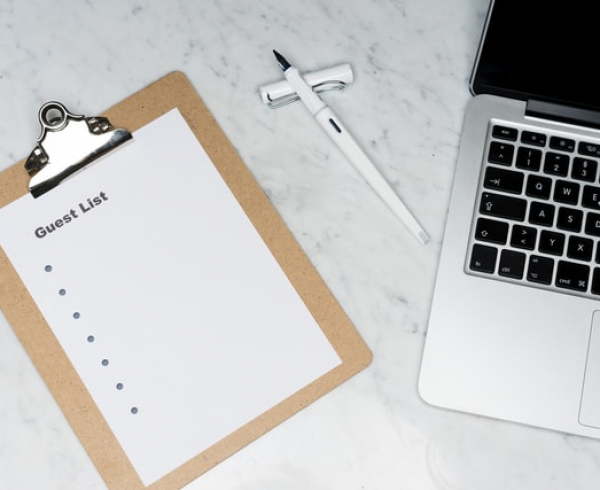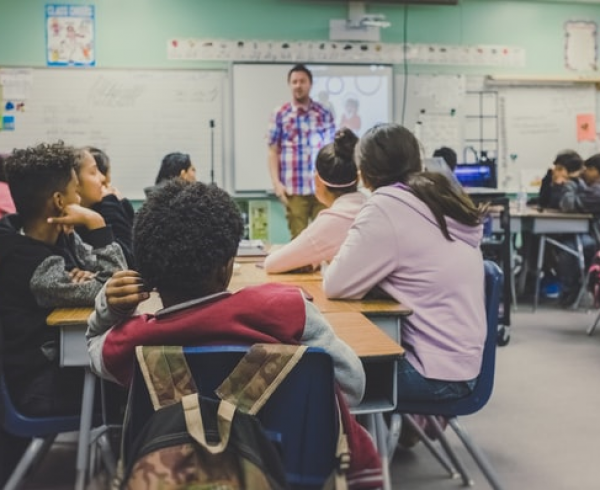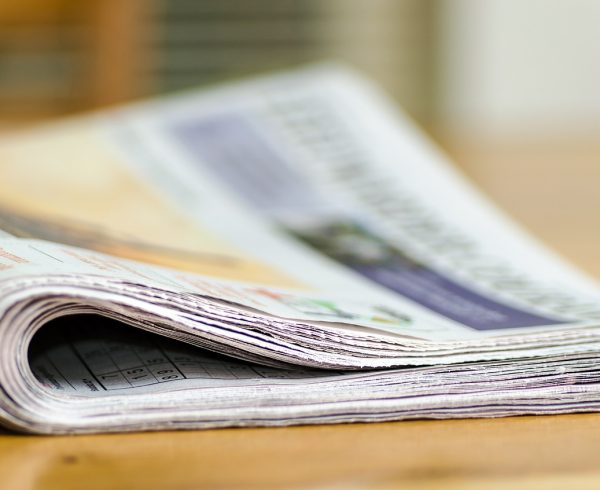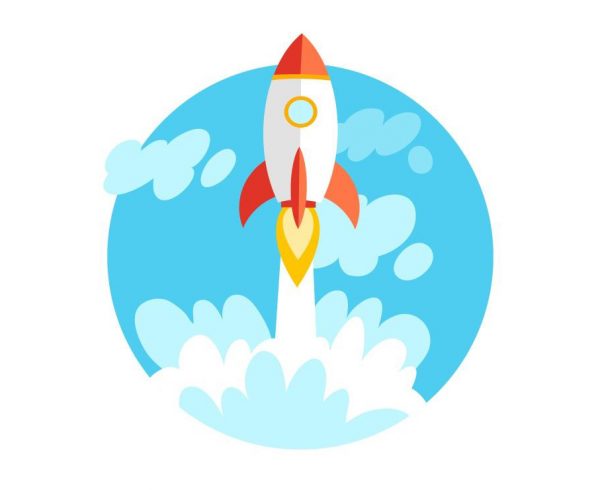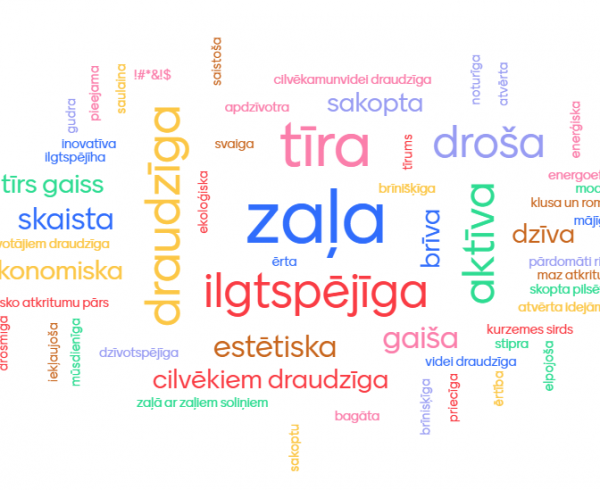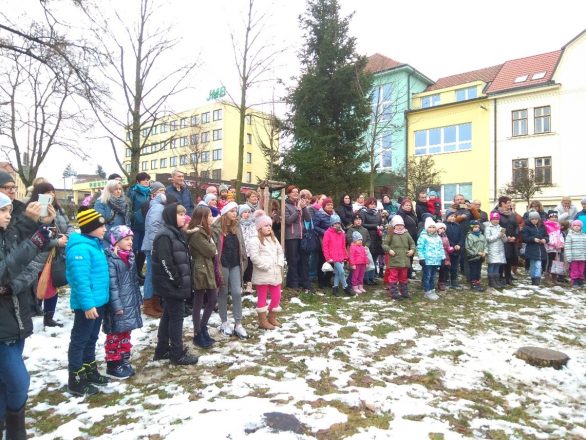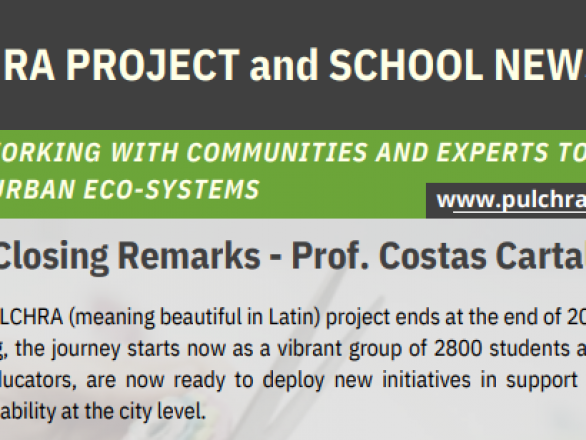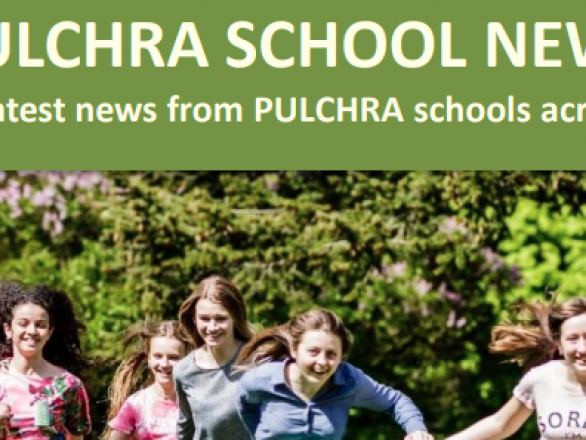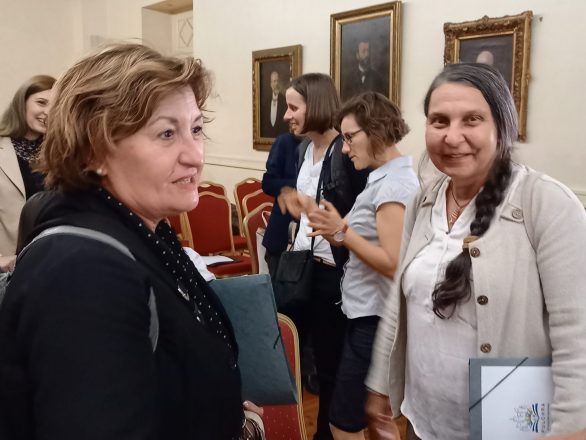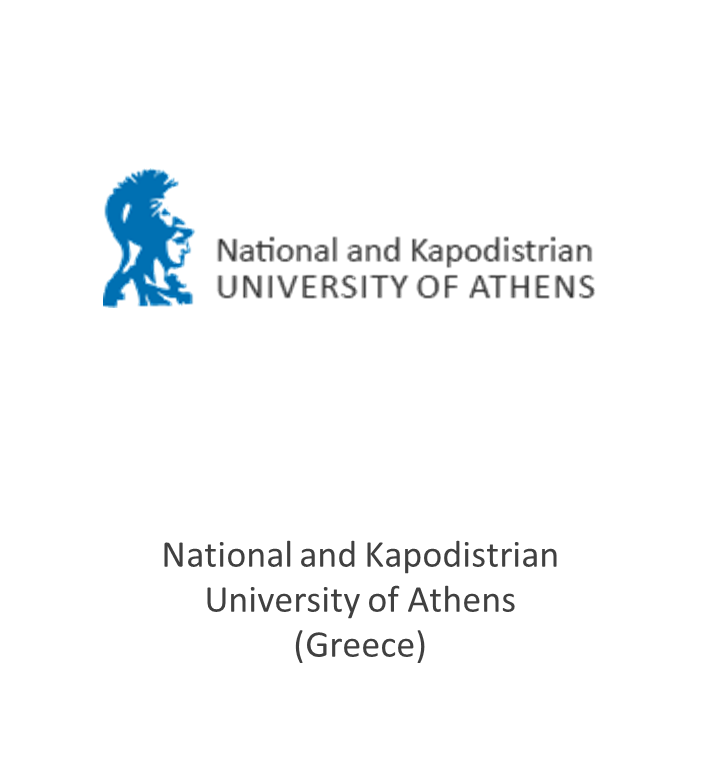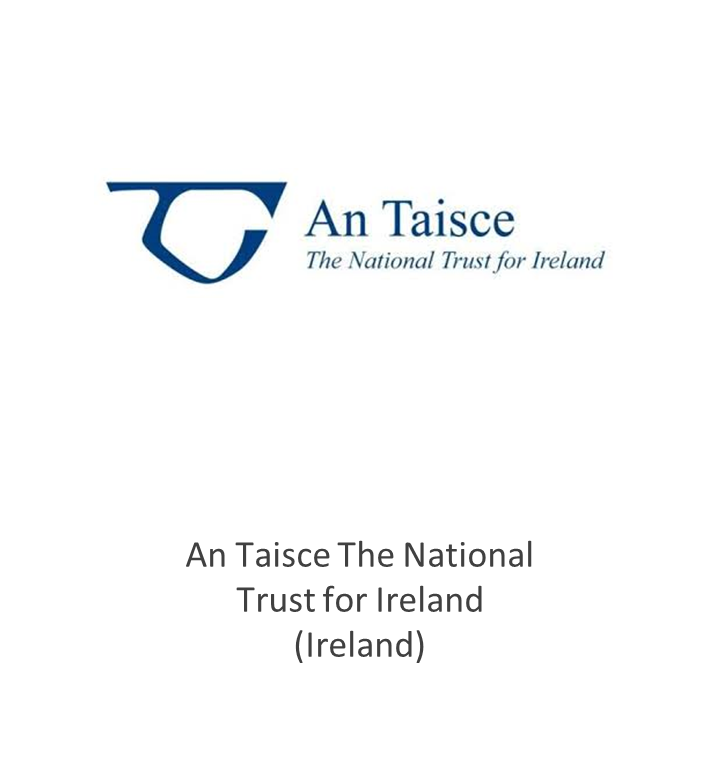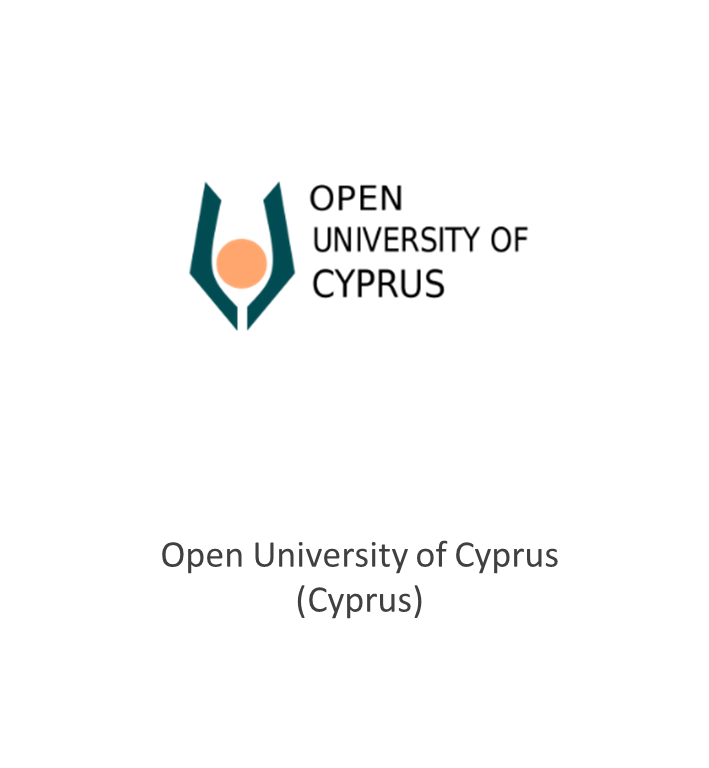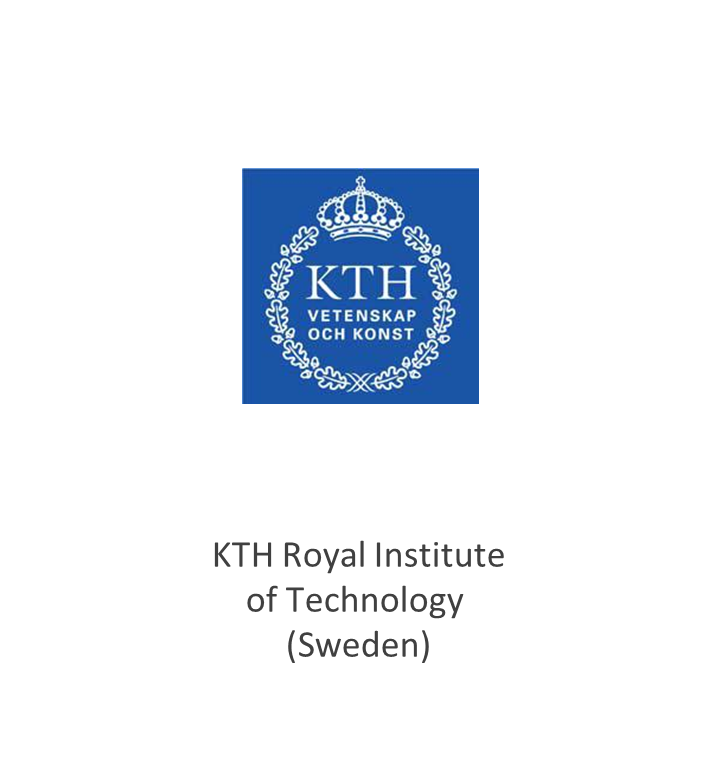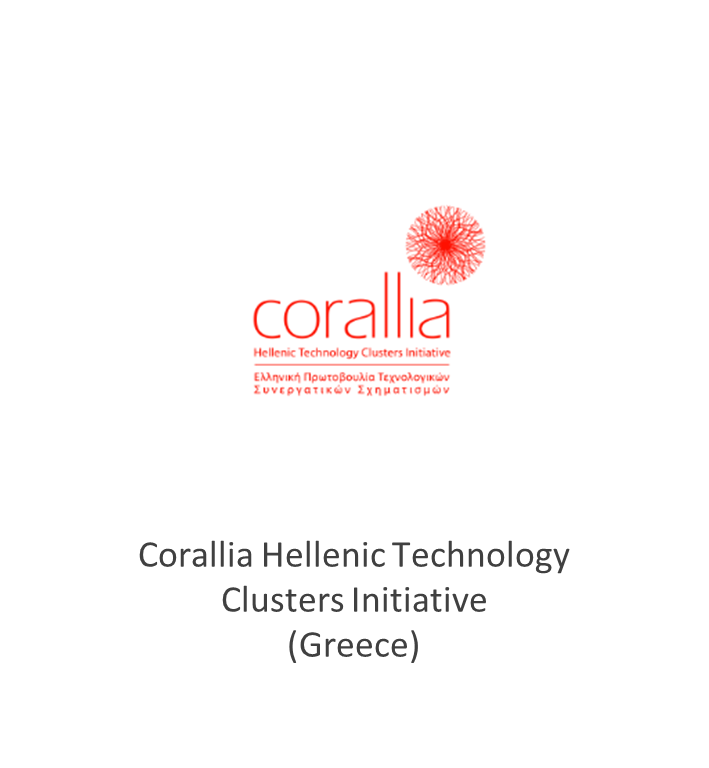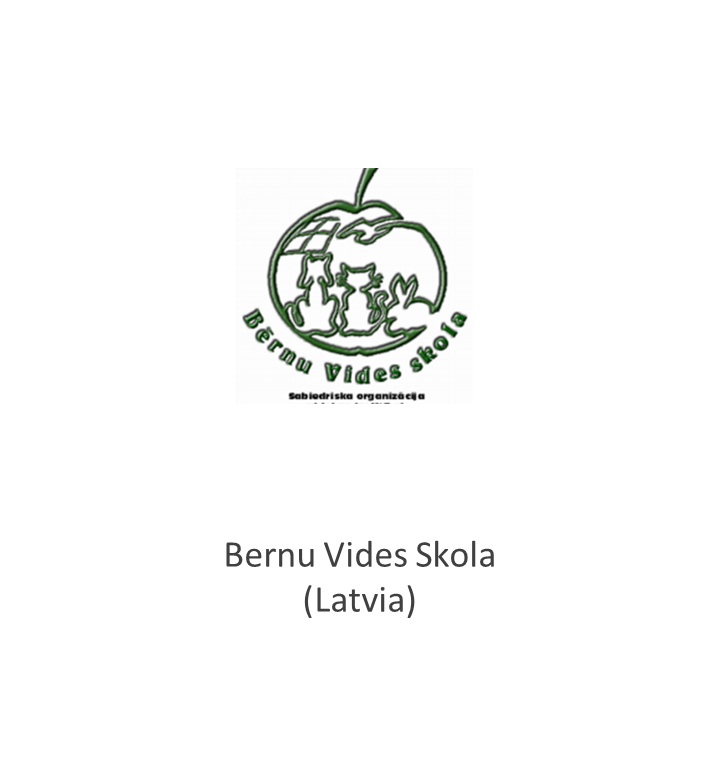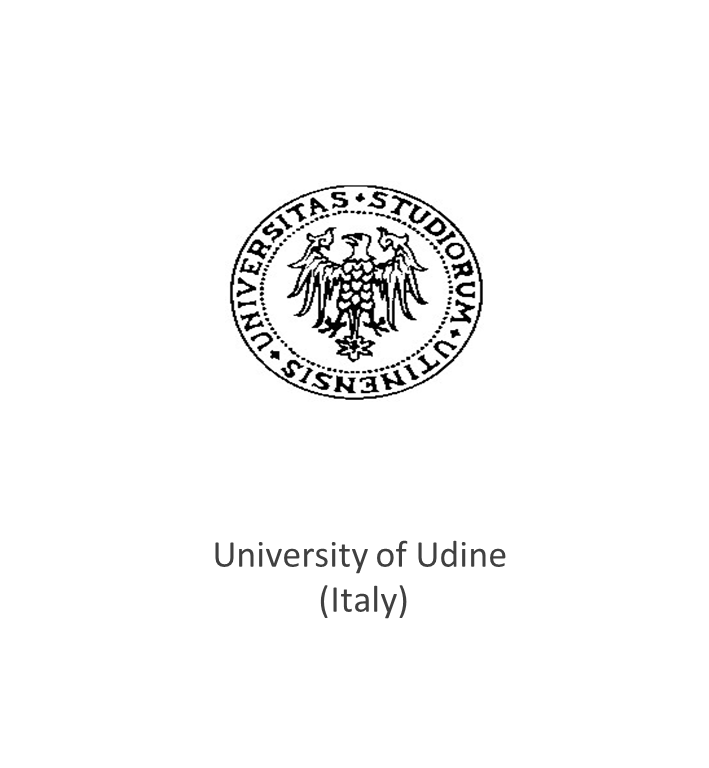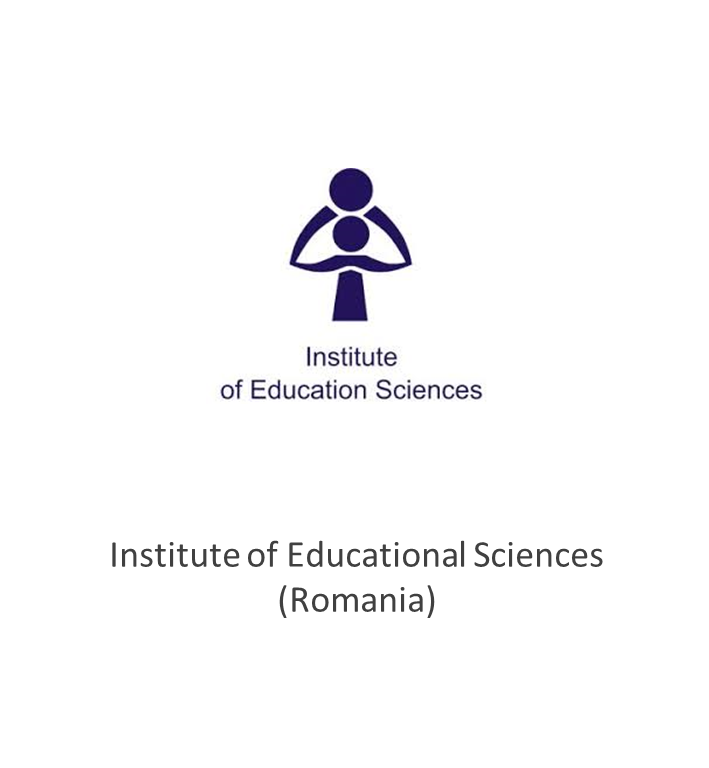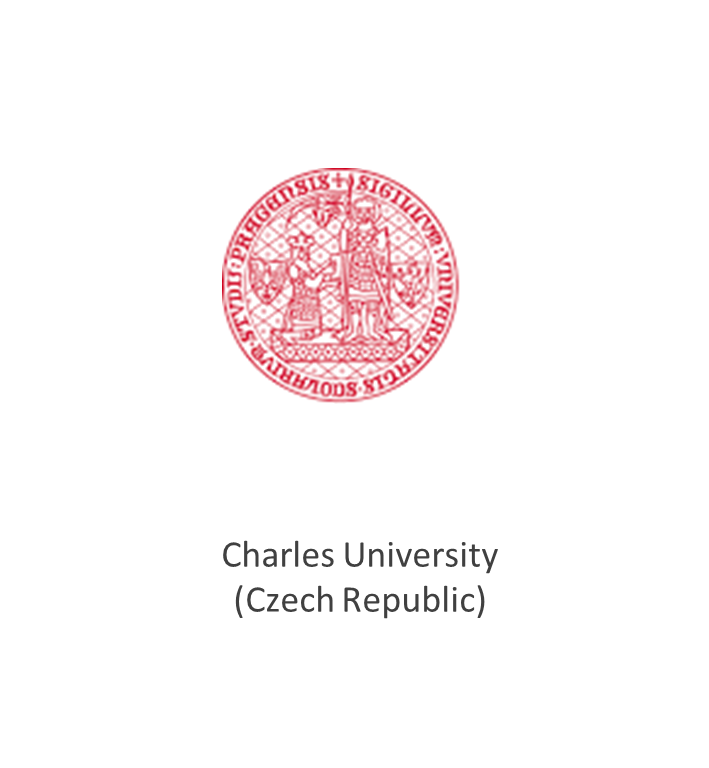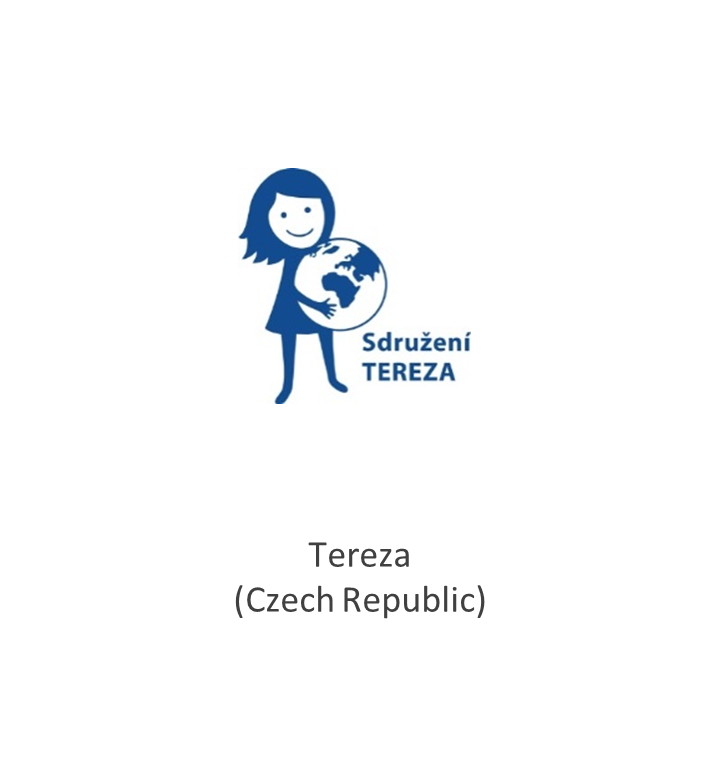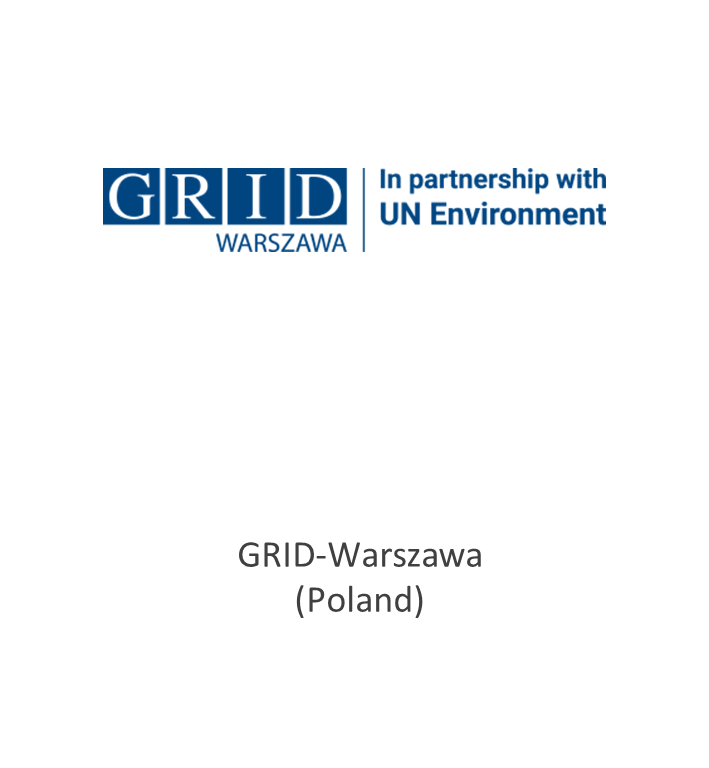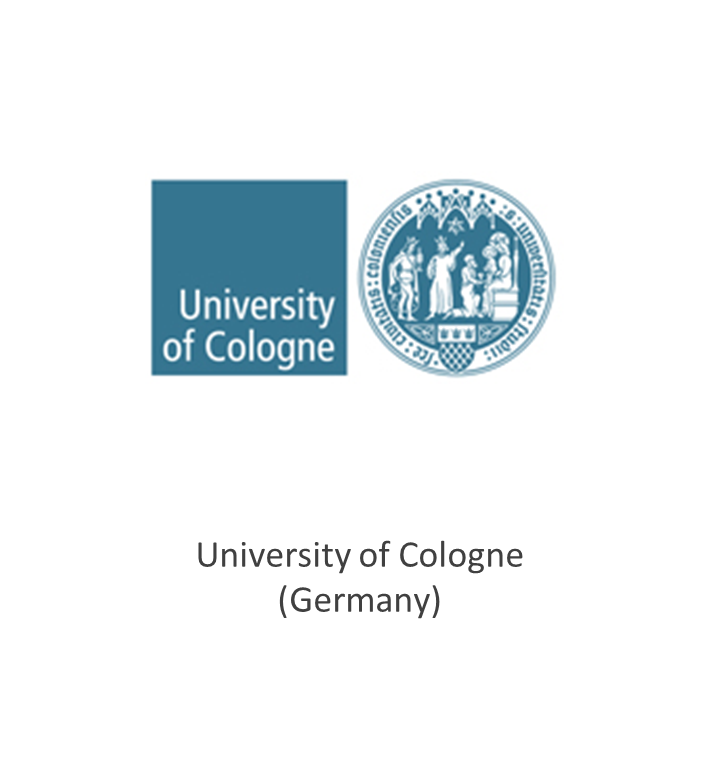Now you have a unique opportunity to download a new PULCHRA application to your mobile phone, a dissemination and engagement tool on the topic of cities acting. Its future life is up to you.
You can download the PULCHRA App in Google Play (https://play.google.com/store/apps/details?id=com.app.pulchra ) and App Store (https://apps.apple.com/lt/app/pulchra-schools/id1560877599)! A user guide, that describe the app and facilitate the user experience is available on the PULCHRA website. (https://pulchra-schools.eu/wp-content/uploads/2021/06/PULCHRA_User-Guide-for-the-PULCHRA-app.pdf)
In an interview with Christina Garoufalia, one of the creators of the application, you will learn how and why the app was created and how you can get involved in its dissemination.
There’s an app within the PULCHRA project called the PULCHRA App and you have been involved in the app’s development. What does the app offer to its users?
The goal of the PULCHRA app is to act as a dissemination and engagement tool on the topic of cities acting as urban ecosystems and reach people who do not usually engage with this topic. The major benefit the app offers to its users is the option to network and exchange information with people of different age, ethnicities, experiences and professional/ academic background. The app also allows to transfer knowledge on the practices used in their cities/ neighbourhoods related to city challenges and sustainable development goals featured by the PULCHRA project. After downloading the app, users are requested to insert their preferences regarding challenges urban areas face and sustainable development goals these challenges are linked in. As a result, they receive personalised and tailor-made feedback. The feedback appears in the form of posts in their ‘News Feed’ screen. Moreover, users can share their experiences with other users by uploading posts related to the challenges and sustainable development goals they are interested in.
Who is the target audience?
The target audience of the app is any audience that may have an interest in the City Challenges topics and in suggested solutions. Therefore, the target audience is defined as the ‘general public’.
How can students use the app within the project?
Students can download the app and encourage friends and family to download it and share their experiences from their neighbourhoods/cities in relation to the city challenges explored by the PULCHRA project. A user guide to help students use the app is available on the PULCHRA website. Try it and add information about your project and PULCHRA-related topics to the app. When people in your area find new interesting things there, they will use the application. You can use it to spread awareness and information about your work.
The students would for sure like to know a bit more about the development of such app. Could you maybe describe the development process?
The stages of the App development cycle that were adopted are:
- Planning
- Goal and Objectives Set
- Functional and Non-Functional Requirements Described
- Wireframes and Storyboards Design
- Backend Development
- Frontend Development
- Testing
- Preparing Launch
- Release (in the Play Store -Google- and App store -Apple- for download)
- Maintenance and Support (until the end of the PULCHRA project)
The cycle includes feedback loops at various stages to improve the user acceptance, operability, and efficiency.
Planning is the first and most important step of the app development process. What is your target group and what do you want to succeed are 2 major questions that must be answered to determine the content, structure and aesthetics of the app. The procedure of the app development was characterised by a close collaboration with the app designer and the app developer teams.
The functional and non-functional requirements were described in detail to be given to the web designer as a guide for designing the storyboards.
Next step was the design of wireframes and storyboards by the web designer. One functional requirement could correspond to more than one wireframe to be properly described. Storyboards show the flow and the way the wireframes are connected to each other.
Sign-in/ Sign-up options – Flow

The next step was the development of the frontend -the user interface- and the backend -the functionalities, data processing and communication with database. During these steps, several modifications were made to the functional and non-functional requirements and the wireframes to improve the navigation feeling, the aesthetics and facilitate the user in total.
Examples of final screenshots of the app

The testing phase must include both frontend and backend development check and should be meticulous to reveal all problems of the app before the user does.

It can be seen that there was a lot of work on the application. How long did its development take and how many people participated in it?
After having defined stages 1-3, it took 5 months of hard work to design the wireframes and storyboards, to develop the backend and frontend of the app and test the app in multiple ways and levels before submitting it to the Play and App stores.
The actual app work group consisted of 10 people. However, many more were involved in the testing phase during which the developer along with a team of QA analysts and project managers participated to ensure proper functionality, the detection of any bugs, and analysis of aesthetics. The PULCHRA Coordinator and partners also participated and provided the development team with their feedback.
The last stage was the release of the app, making it available in the Play Store (Google) and App store (Apple) for download which took about 4 months. Finally, maintenance and technical support will be provided until the end of the PULCHRA project.
You created the app for the PULCHRA project, but it would be great if the app was used even after the project finishes. How would you entice someone outside of the PULCHRA project to use the app?
The PULCHRA app was designed having as a target group the ‘general public’; thus, meaning that these people would probably be outside the PULCHRA project. Its future after the end of the PULCHRA project depends on how popular it will be and what funding can be getting for its development. For its longer use, it would be good to connect it with other projects and events that are related to the SDGs and the City Challenges. Due to technology advancements, most probably the PULCHRA app will not be able to run/function after the end of the PULCHRA project. But when you use it, insert new information into it and spread it, then you definitely give it hope for life after the project.
